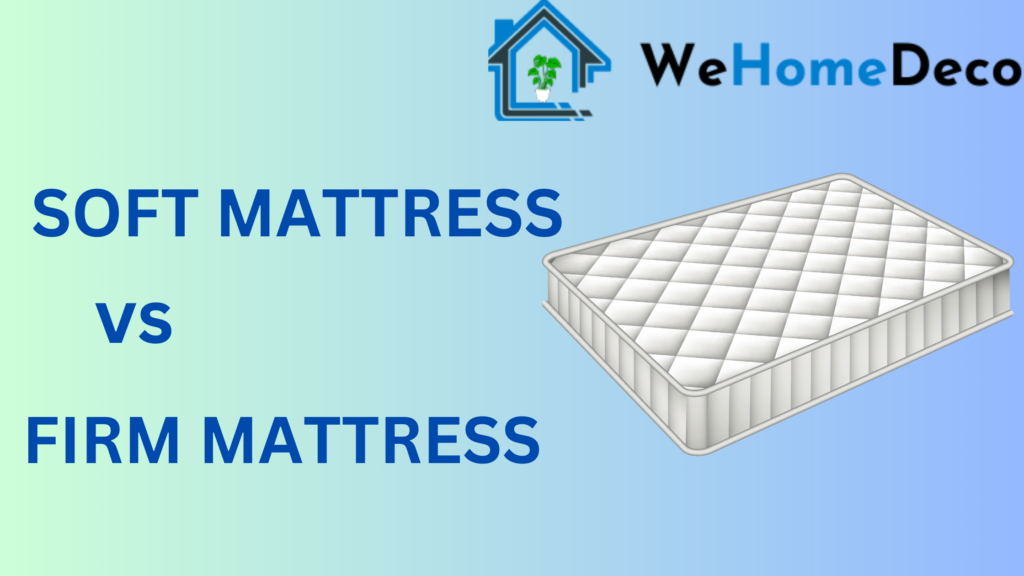LIFESTYLE
5 Brilliant Ways to Hook Up Washer Drain in Basement
Introduction If your home has a basement and you’re planning on doing your own laundry, you’ll need to know how to hook up the washer …
Read moreTop 3 Difference between Soft and Firm Mattress – Which Works Best ?
Introduction Guys, pain is panicky, but when it is back pain, believe me, it is even more panicky. But the good news is that by …
Read moreDecorate Your Home with Crotons : Attractive Transformation
If you want to add a lively and visually appealing accent to your house, consider the transformative effects of Croton plants. Crotons, with their lovely …
Read moreQuartz vs Granite: 5 Important Factors to Consider For Countertops
Quartz vs Granite are two popular options for countertops because of their durability and aesthetic appeal. Quartz is also a popular choice overall. A solid …
Read moreAn Exclusive Guide to MDF Wood and Its Applications (2024)
Medium Density Fiberboard (MDF) has evolved as a flexible and commonly utilised material in woodworking and interior design. This post delves into the features, production …
Read moreEntertainment
Community

5 Brilliant Ways to Hook Up Washer Drain in Basement
Introduction If your home has a basement and you’re planning on doing your own laundry, you’ll need to know how to hook up the washer …

Top 3 Difference between Soft and Firm Mattress – Which Works Best ?
Introduction Guys, pain is panicky, but when it is back pain, believe me, it is even more panicky. But the good news is that by …

Decorate Your Home with Crotons : Attractive Transformation
If you want to add a lively and visually appealing accent to your house, consider the transformative effects of Croton plants. Crotons, with their lovely …







